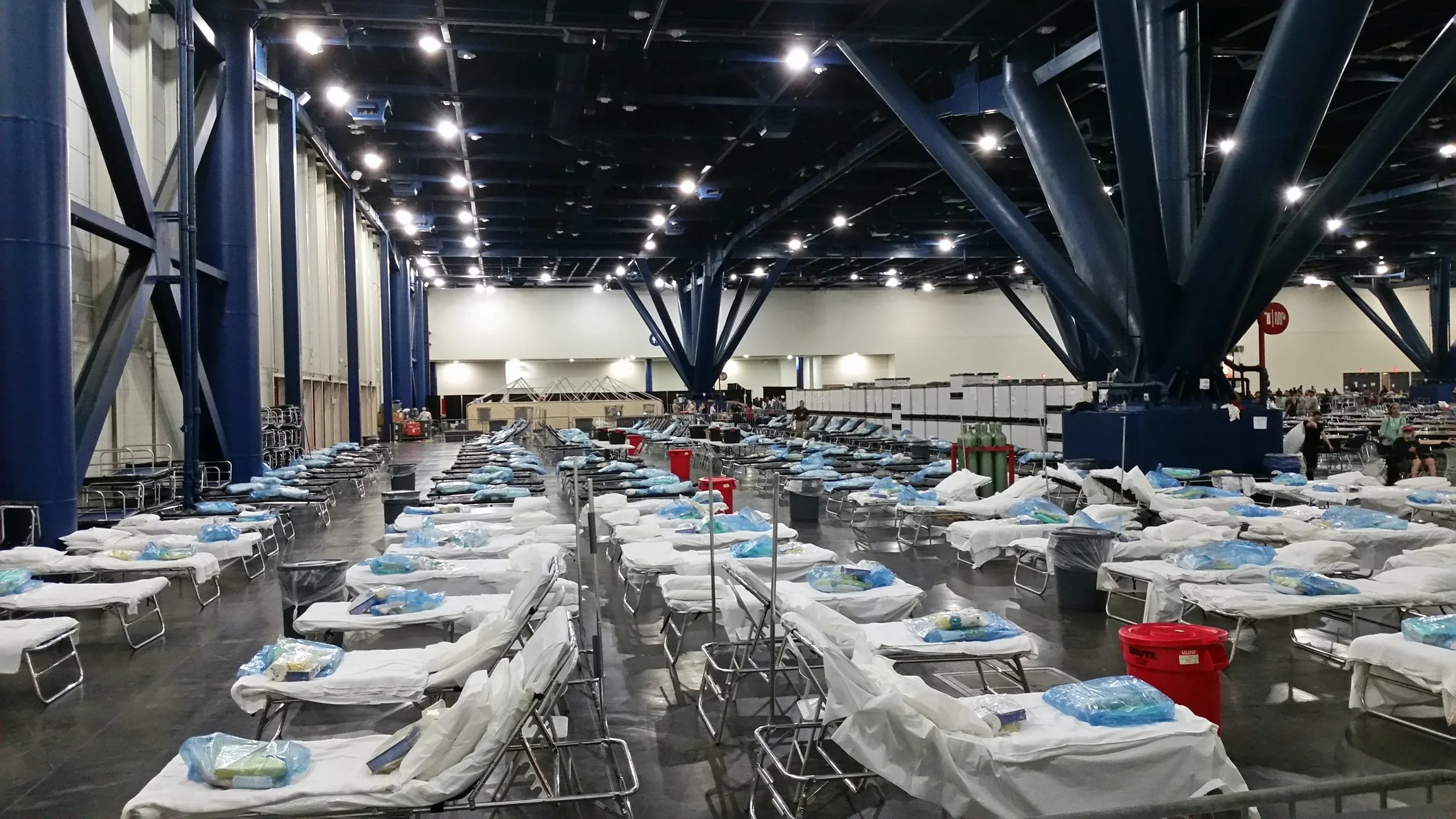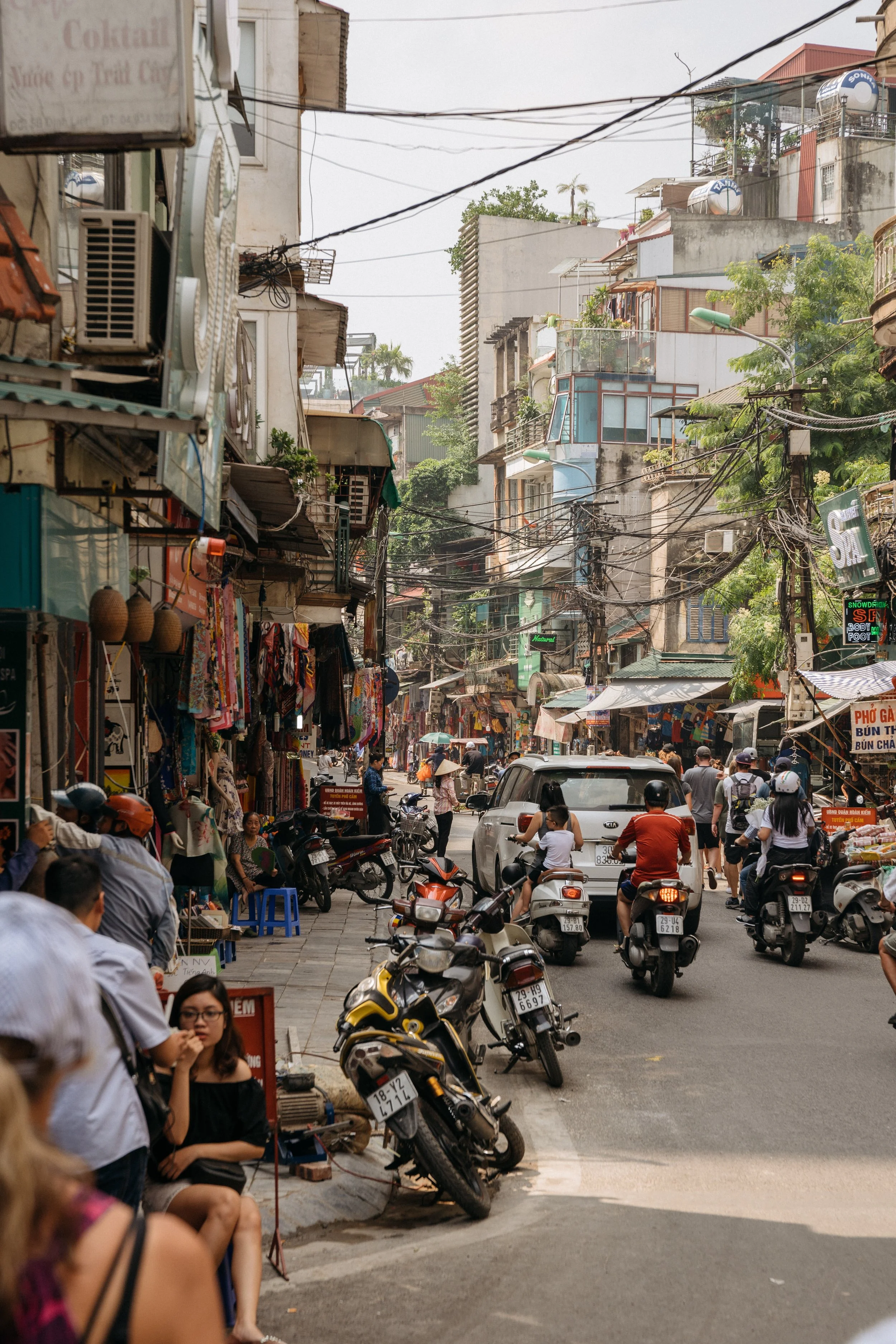2023 could be a big year for the country’s Department of Health (DOH). But not in a good way.
Unless serious and significant steps are taken, 2023 could see outbreaks and flare-ups of polio and measles around the country.
Even before the pandemic hit, the Philippines was already lagging in vaccination rates at 62.9%, where 95% was the target. The Dengvaxia incident certainly didn’t help. Today, years after the height of the pandemic, the Philippines still hasn’t improved the rate of vaccinations.
In April, there was a 720% increase in the number of measles cases in the province of Bulacan.
With a new DOH Secretary finally appointed, the hope is for faster response and greater access to medicines, neutralizing the threat of outbreaks in the country. Not just for measles and polio.
With the arrival of the rainy season, the threat of leptospirosis and dengue outbreaks loom in turn.
But, what are outbreaks in the first place, and how and why do they happen?
Outbreaks: An International Affair
Outbreaks are not just a Philippine concern. It’s a health issue for every state in the world. Whether it’s Zika, Ebola, or Covid, outbreaks pose a serious threat to the nations of the world.
Outbreaks refer to the rise in cases of a specific disease in a given area. If at one time there’s a higher-than-normal number of people getting sick, then the clustered cases signal an outbreak.
Like typhoons or earthquakes, outbreaks come in different sizes or intensities. There are mild ones that barely register on our radars, then there are the serious types that spread far and wide, fast.
Causes of Outbreaks
How do people in a small area quickly get infected by the same disease? Several factors we need to look into here.
# 1 Pathogen Behavior
One is the mode of transmission. Airborne pathogens, for example, are highly infectious and can quickly be transmitted from one person to another. Covid, before it was a global pandemic, had outbreaks in China, with confirmed doublings in a matter of days.
Other pathogen characteristics are incubation period, virulence, and drug resistance. A drug-resistant virus can’t easily be curbed by standard medicine and treatment. This means it has more opportunities to infect others.
Likewise, a virulent pathogen can evade the body’s defenses and get more opportunities to replicate and increase its chances of effective transmission.
A long incubation period, for its part, can feel like a sleight of hand. An individual can already be infecting others without showing symptoms himself.
These and other characteristics make it difficult to arrest the spread of the pathogen, leading many others to get infected.
#2 Environmental Factors
In certain climates, and at certain times of the year, certain diseases become more prevalent because of the favorable conditions.
A contaminated water source or a foodborne illness can quickly affect whole communities.
Other environmental factors can also spark and amplify the spread of diseases. In cities, for example, where people live in close proximity, the chances of transmission are high. Mix in a lack of hygiene and we have a powder keg waiting to explode.
Urbanization, and the resulting pollution, can create a toxic combo that can serve as a petri dish of diseases.
Animals living in close contact with humans can cross-contaminate and mutate, and create novel pathogens that challenge the efficacy of standard treatments.
#3 Global Travel and Trade
Outbreaks are made more common these days because of international travel. This means an infectious disease can cross not just villages but continents very easily. And it can do so at record speeds. A plane load of passengers, landing in an airport hub, and then forwarding on to their respective destinations can quickly cause a pandemic—which is exactly what happened with Covid-19.
International trade can also spark outbreaks, as contaminated goods are shipped all over the place. Worse, shipped goods can introduce local populations to pathogens for which they have no or little immunity.
This has already happened in the past (during the “age of exploration”) when European explorers brought goods and germs to which indigenous people have little or no immunity.
Smallpox, measles, influenza, and typhus devasted conquered populations in this manner and caused a serious decline in local numbers.
#4 Weak Healthcare Systems
We have already alluded to this at the start of the article. The lack of vaccinations can give diseases free rein in the population.
Oftentimes, it’s not an outright refusal to take vaccines that’s the problem. Poor nations have a systemic problem in terms of access to life-saving medicine. Poverty can force a nation to cut corners in terms of health care and ration of medical supplies or skip disease monitoring activities.
These systemic issues can cause diseases to run rampant in the population, with authorities being able to do very little about them. When outbreaks happen in regions like Africa, it takes a while before medicines and treatment arrive. And by then, the fast-moving disease has already devastated the population.
How To Prevent Outbreaks?
Preventing outbreaks would sound very familiar to Filipinos who just came out of the global pandemic. We just need to double down on the lessons of Covid-19 and use it to fortify our defenses against other diseases.
“An ounce of prevention is worth a pound of cure.” So here are some things ordinary folks can do:
1) Personal hygiene practices—Taking a bath every day is not just good for self-presentation, it is probably one of the healthiest things a person can do. If washing your hands helps protect you from getting and spreading disease, imagine washing your whole body.
This should go without saying, but taking a bath helps remove bacteria, germs, contaminants, and allergens.
2) Keep a clean surrounding—Besides the fact that a clean environment promotes a general sense of well-being, keeping your environment clean, and using disinfectants like bleach or alcohol to clean surfaces, can disrupt the transmission routes of disease. Contaminated surfaces are vectors that help spread viruses.
Managing your environment should also include proper waste disposal, controlling insect populations, ensuring clean water sources, and reducing exposure to environmental pollutants. By addressing these factors proactively, the risk of disease can be minimized.
3) Taking care of personal health—Pathogens will have a hard time taking hold if it comes across healthy individuals with healthy immune systems. This goes without saying that a general population that observes a healthy diet, with adequate sleep and an active lifestyle, will be a natural deterrent to malevolent germs and viruses.
4) Social distancing—This will sound so 2020, but social distancing is an effective way of curbing the spread of diseases. The faster we isolate the pathogens, the quicker it can be stamped out. Social distancing, as we all know, also means that if you’re sick, you temporarily avoid contact with other people.
5) Vaccination—There’s just no way around it. Vaccines have been proven to be effective against diseases like smallpox, polio, measles, and rubella. For polio, for example, countries with very high vaccination rates have all but wipe out the disease.
Consequently, not having the vaccine will cause cases to rise in time.
6) Health Education & Awareness—Knowing is half the battle. The Philippines needs the population to understand not only the basics of responding to natural disasters and emergencies like typhoons, earthquakes, and fire but also the best practices in combatting community diseases.
7) Government Policies—The government, of course, plays a pivotal role in the prevention of outbreaks. Its laundry list of missions includes disease monitoring, performing rapid response and containment, organizing local communities, increasing easy access to medicines, and supporting research and development to stay ahead of emerging diseases.
Through a united front of individuals, communities, the government, and the private sector. The Philippines, as a country, can prevent outbreaks and maintain a strong and healthy population.
BloodWorks Lab is one of the Philippines’ premier medical testing institutions, and proud to be the first in the country to offer the Anti Acetylcholine Receptor (lgG) Antibody Test and the Anti N-Methyl-D-Aspartate Receptor (Anti NMDA Receptor) Antibody Test.
We are your one-stop shop for all your blood test needs, offering a wide range of medical screenings as well as specialized check-up packages tailored for you.
Book your appointment today.
Our branches are in Alabang, Katipunan, and Cebu.







